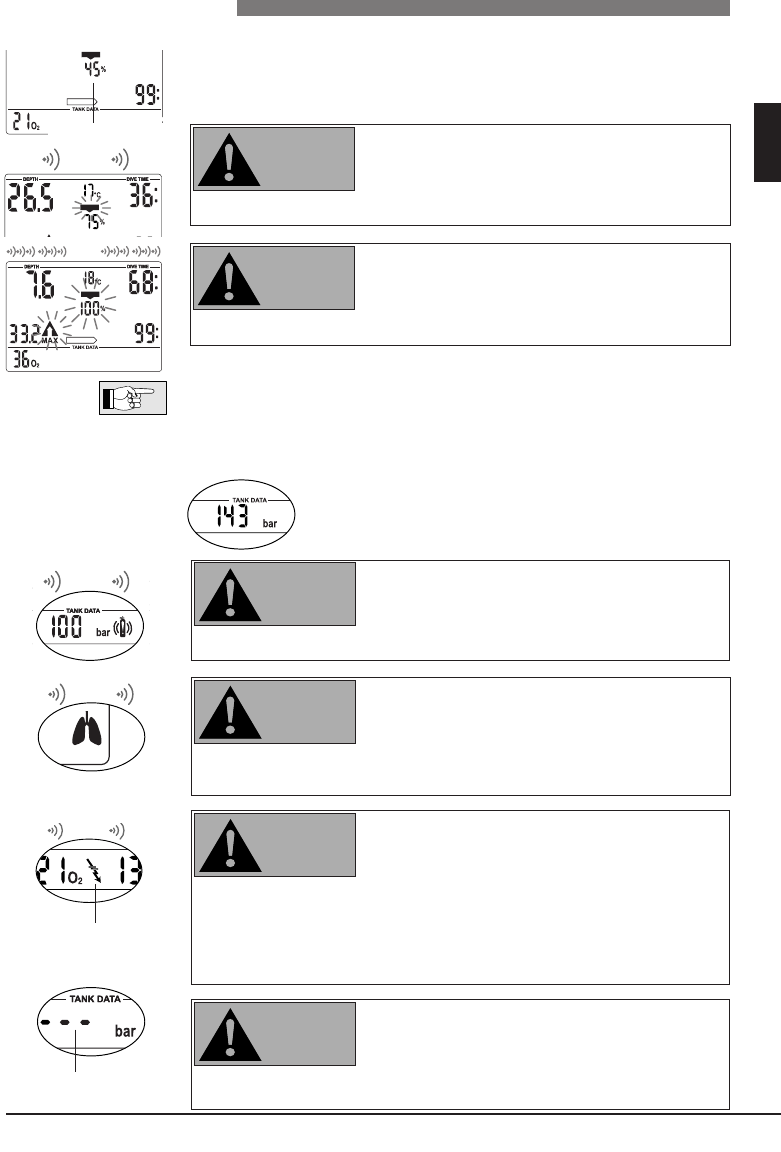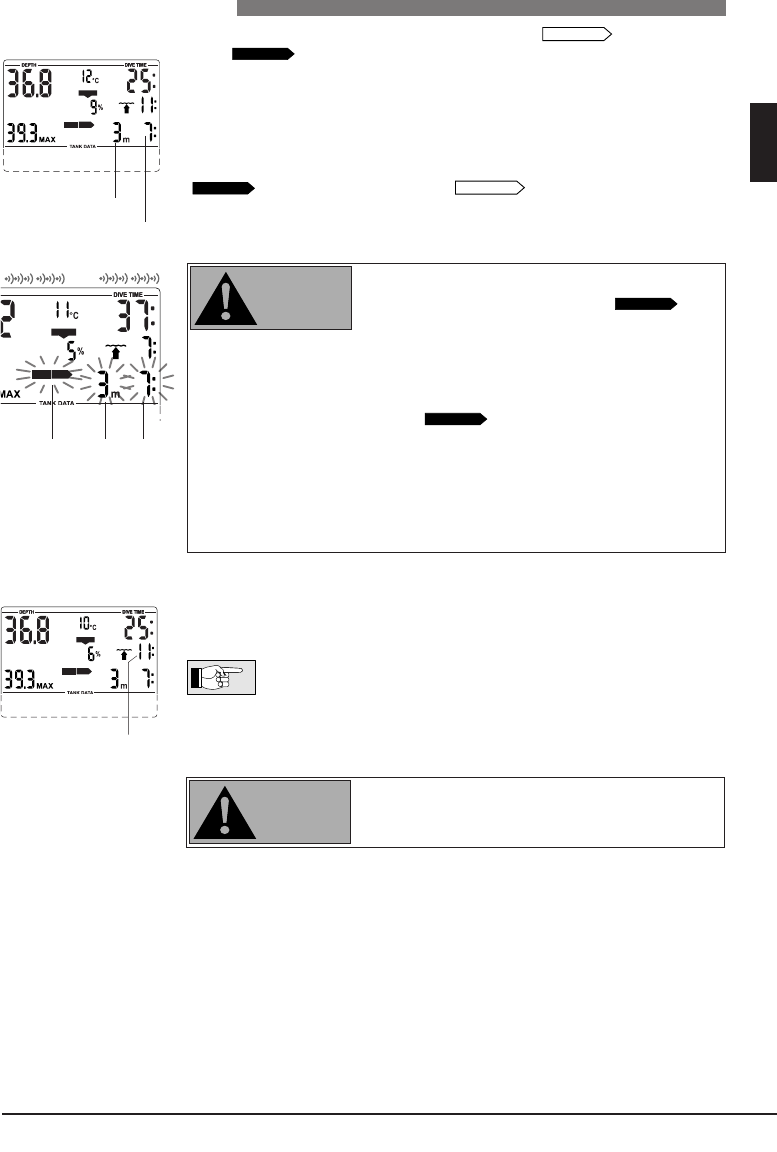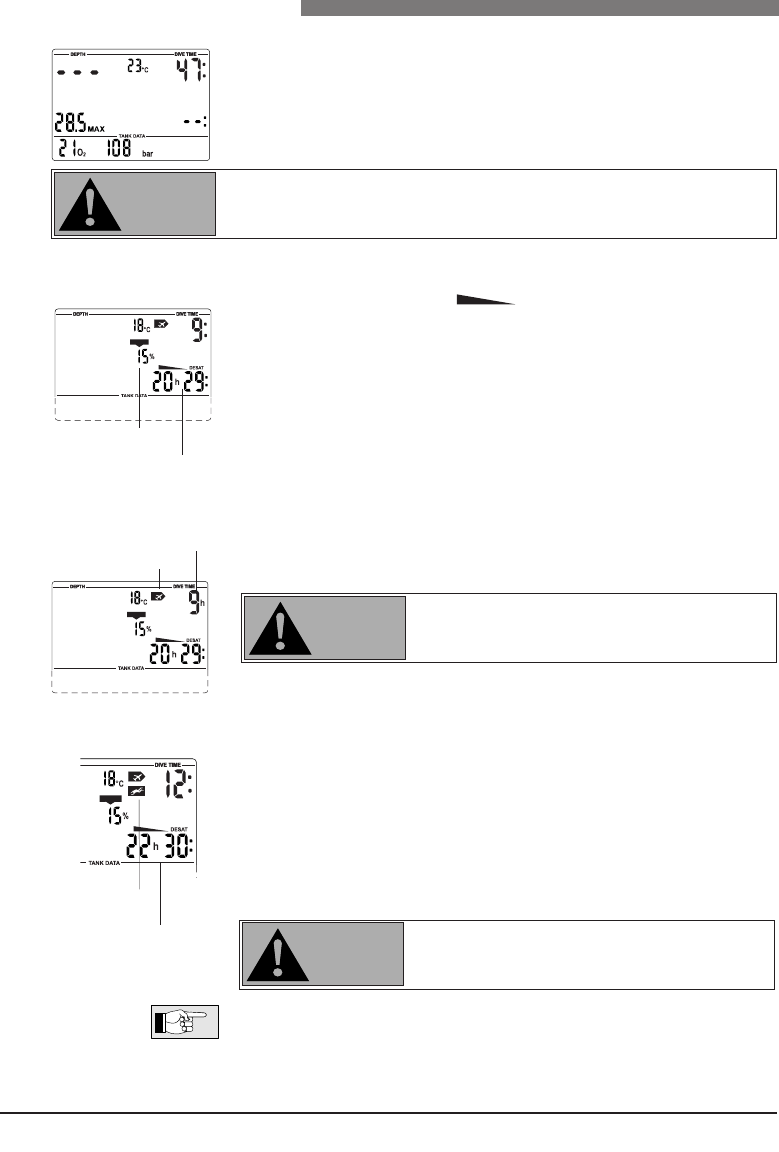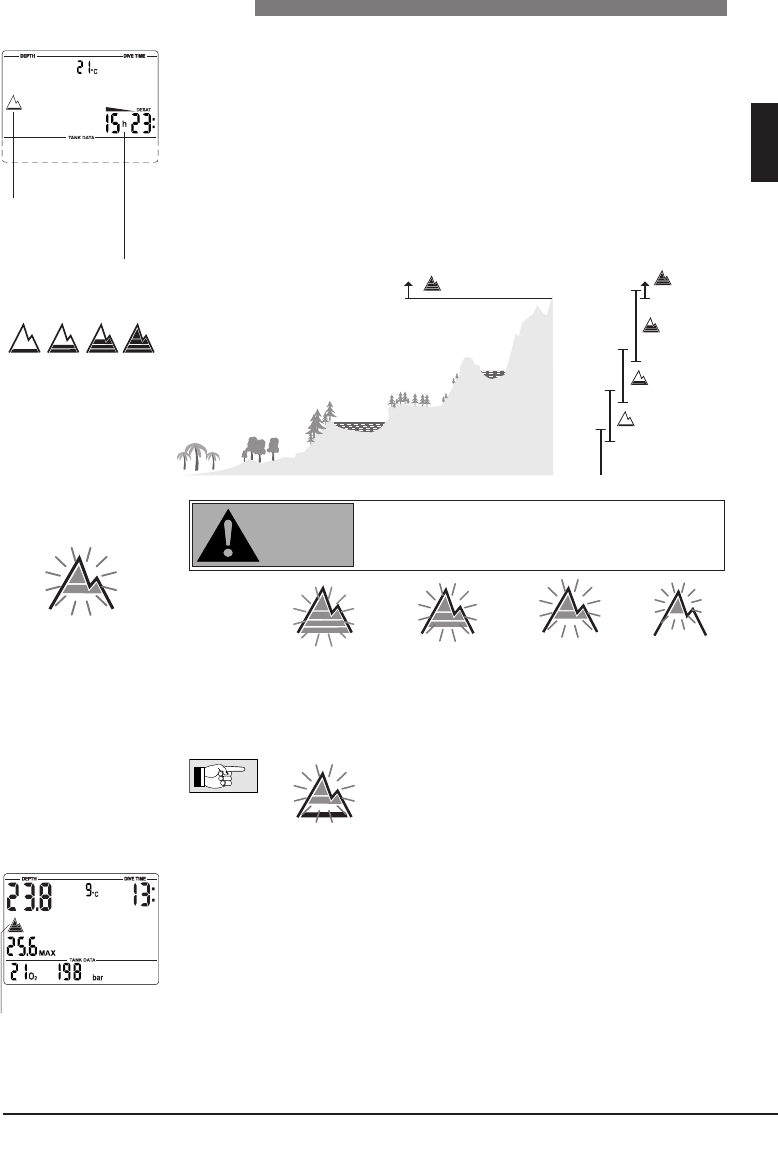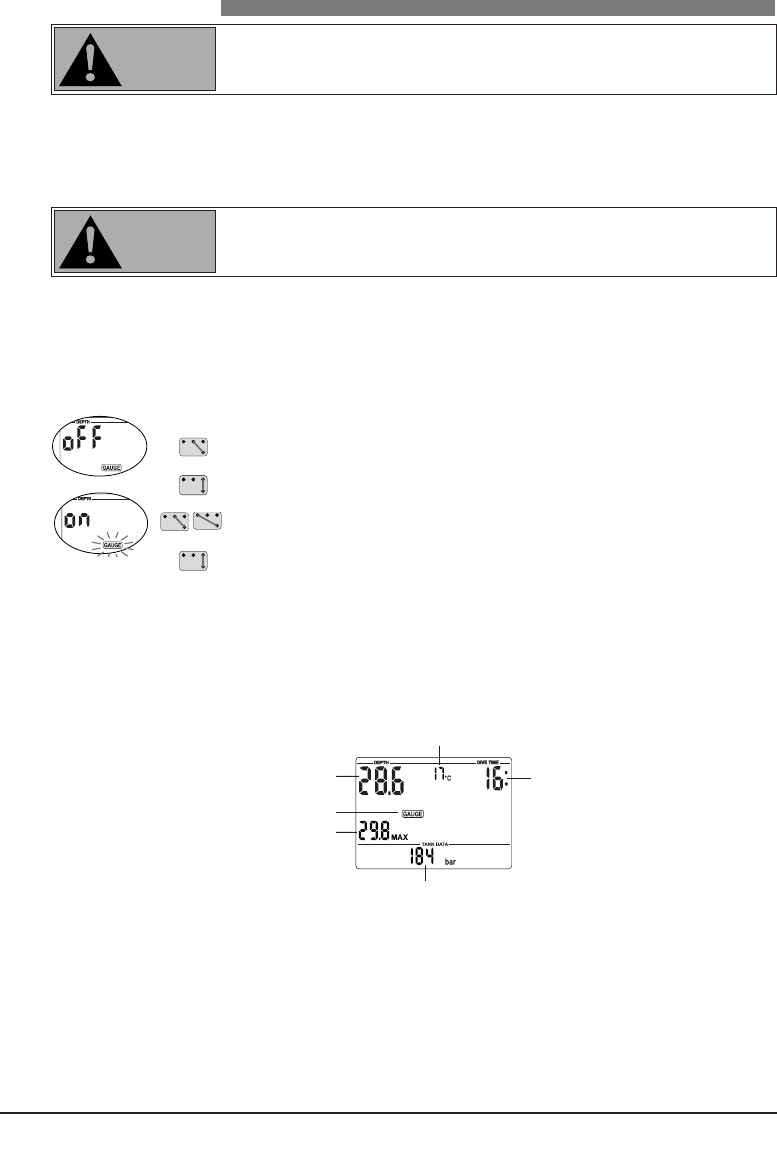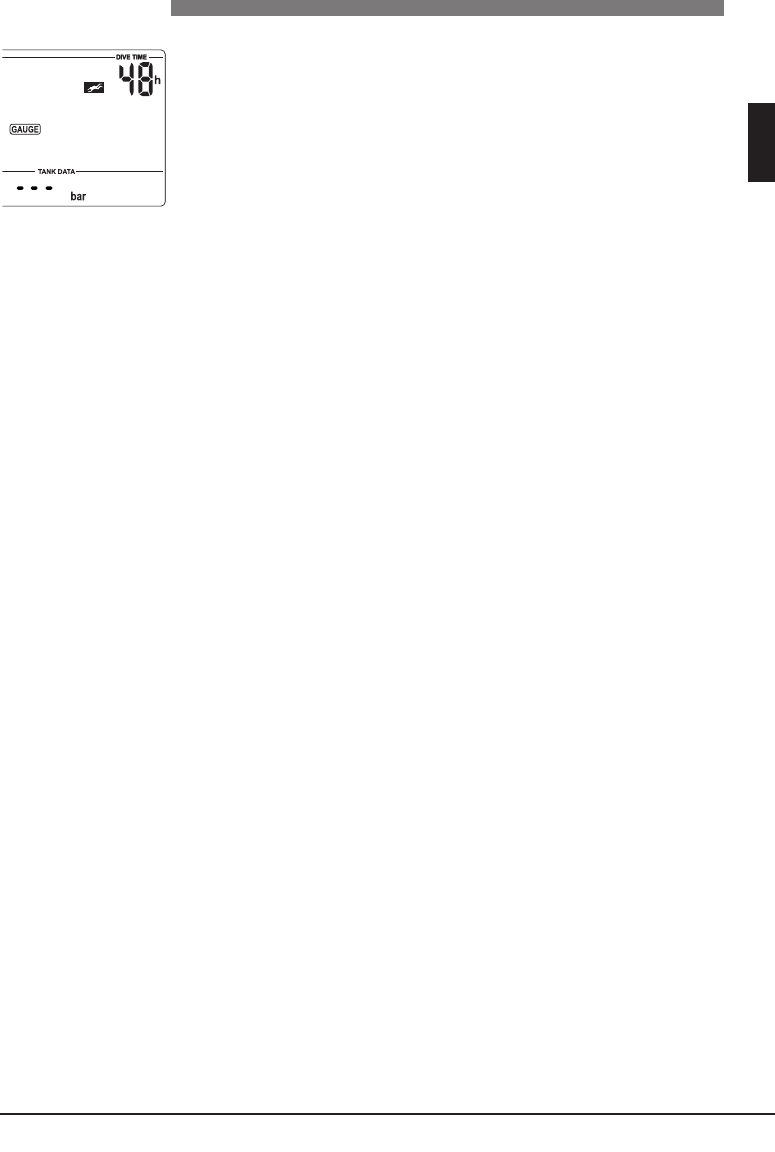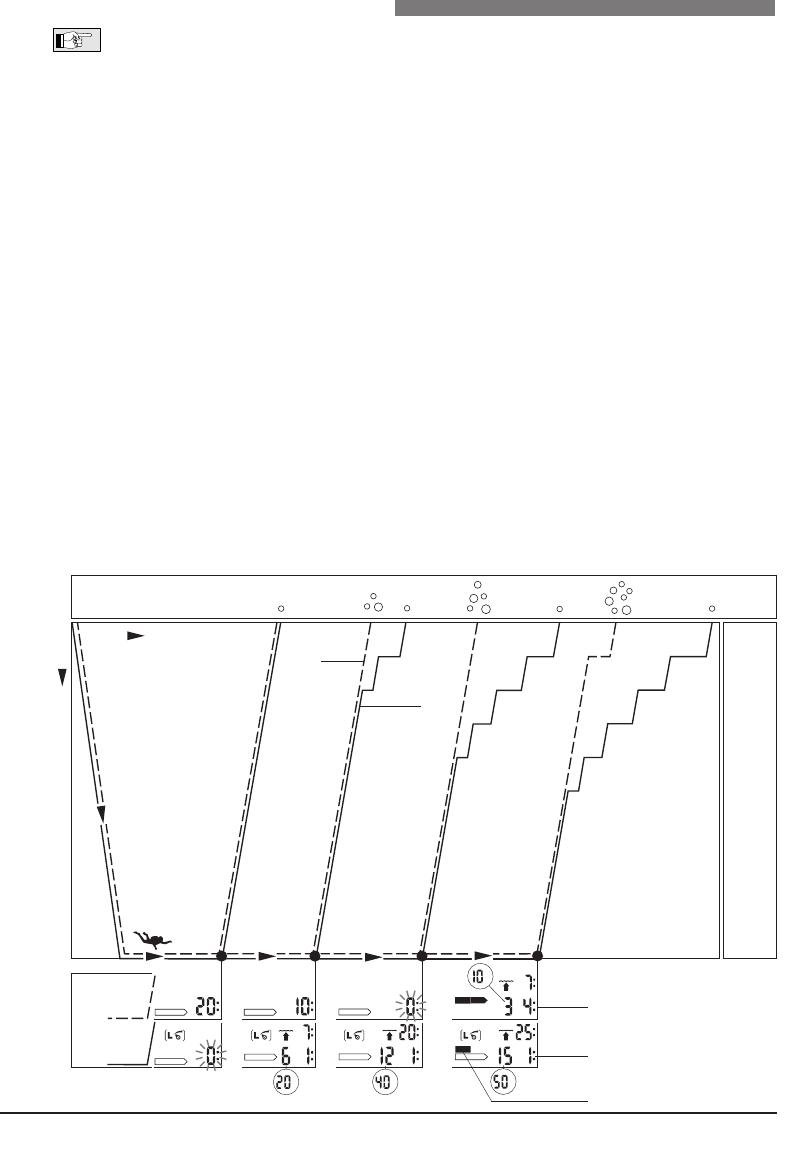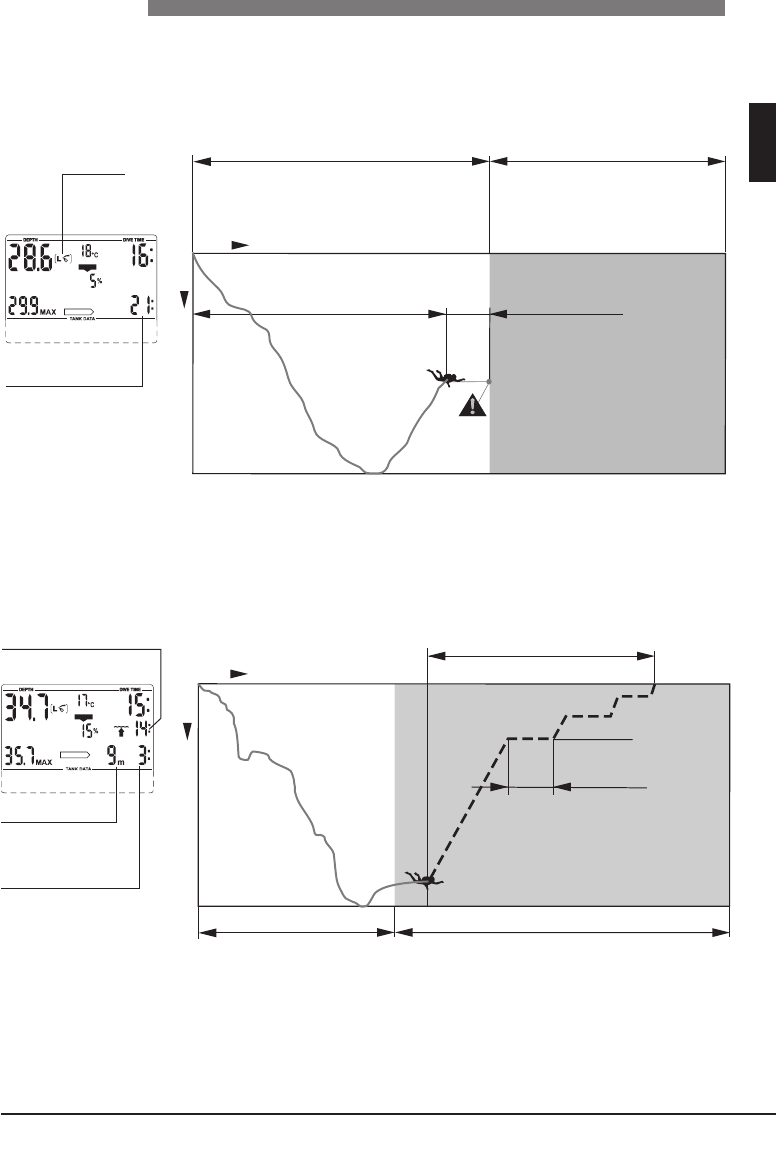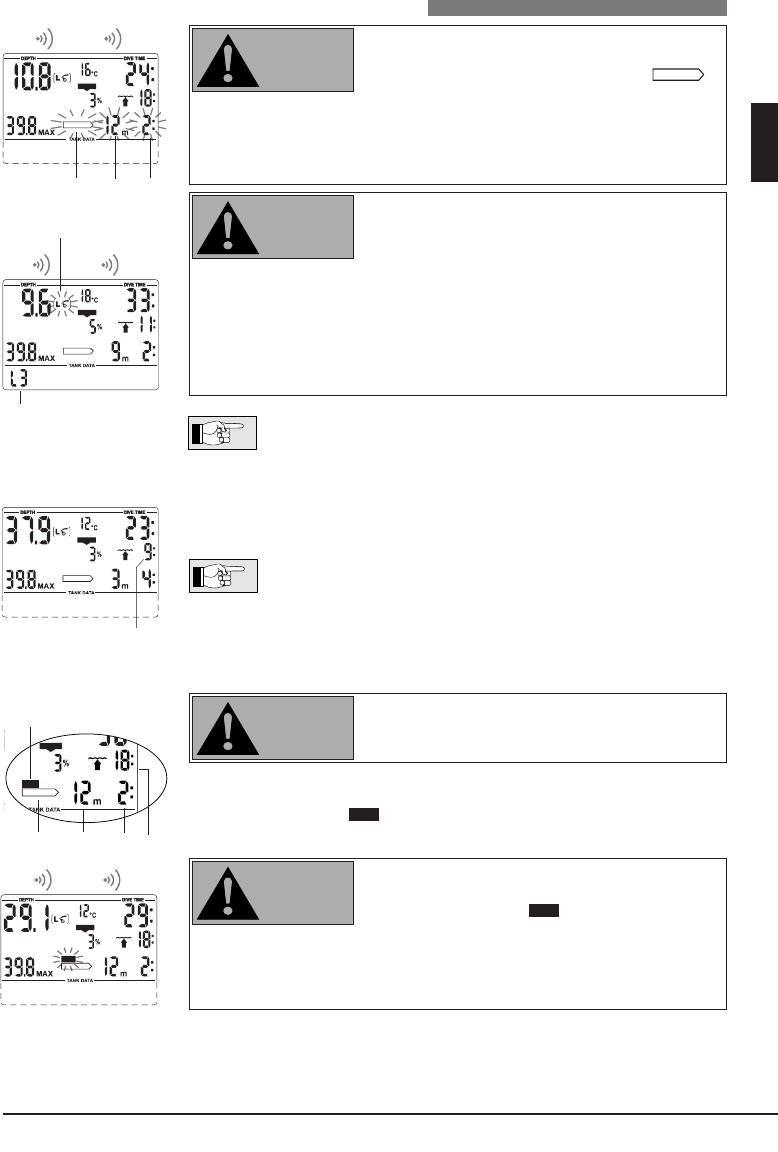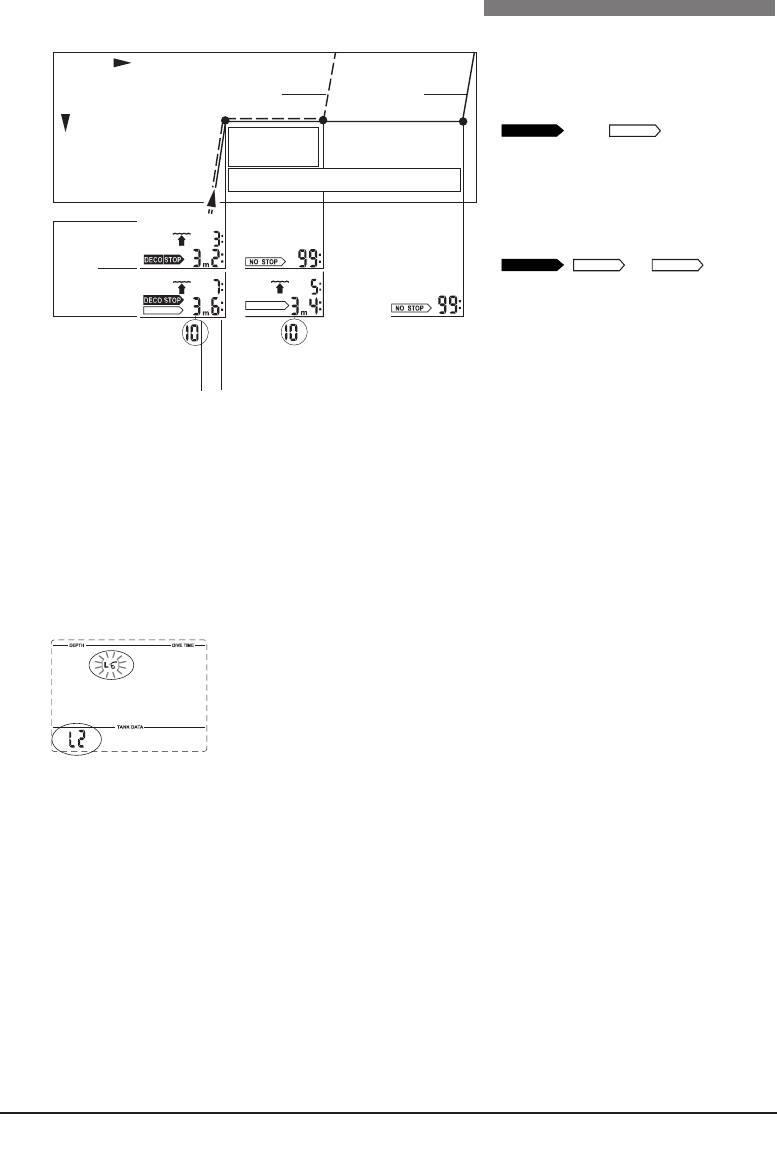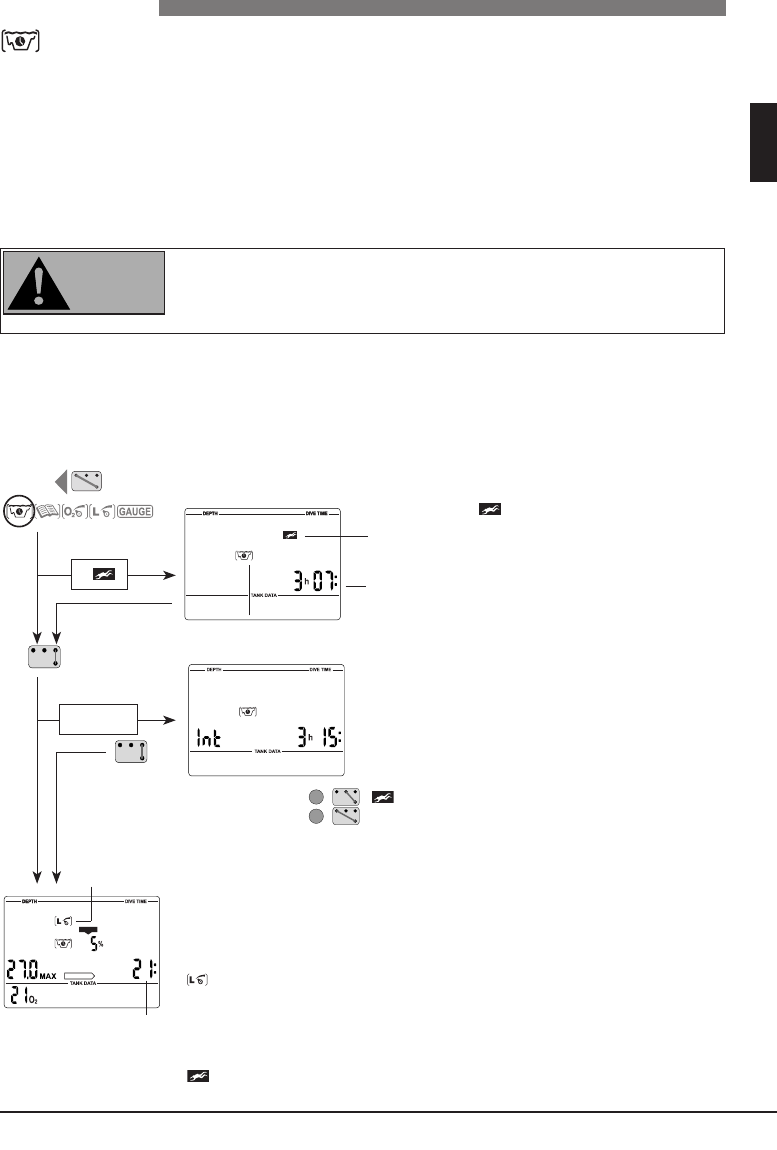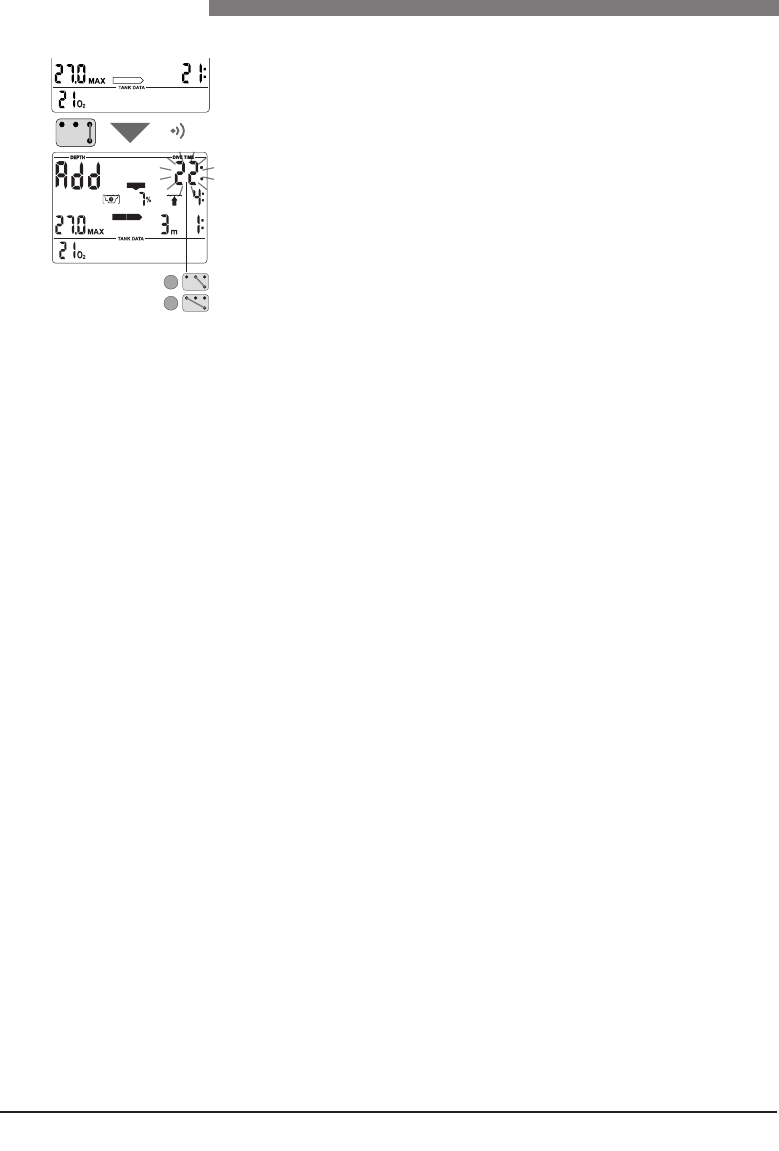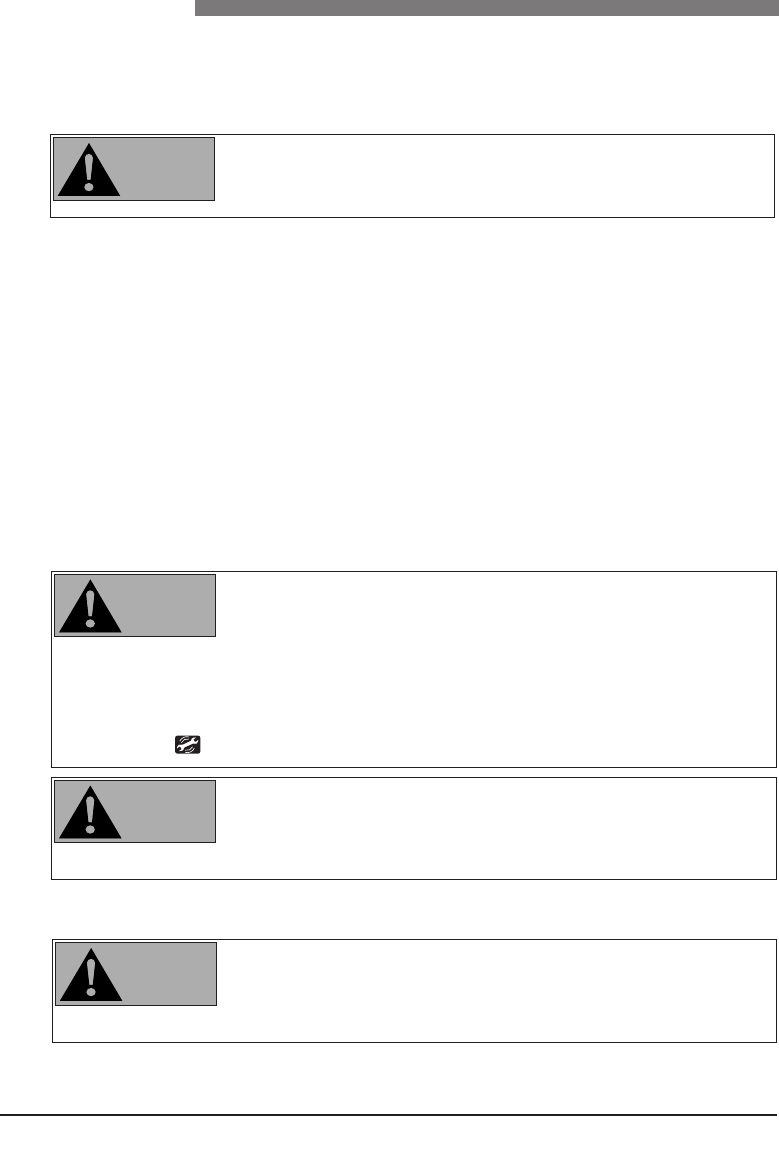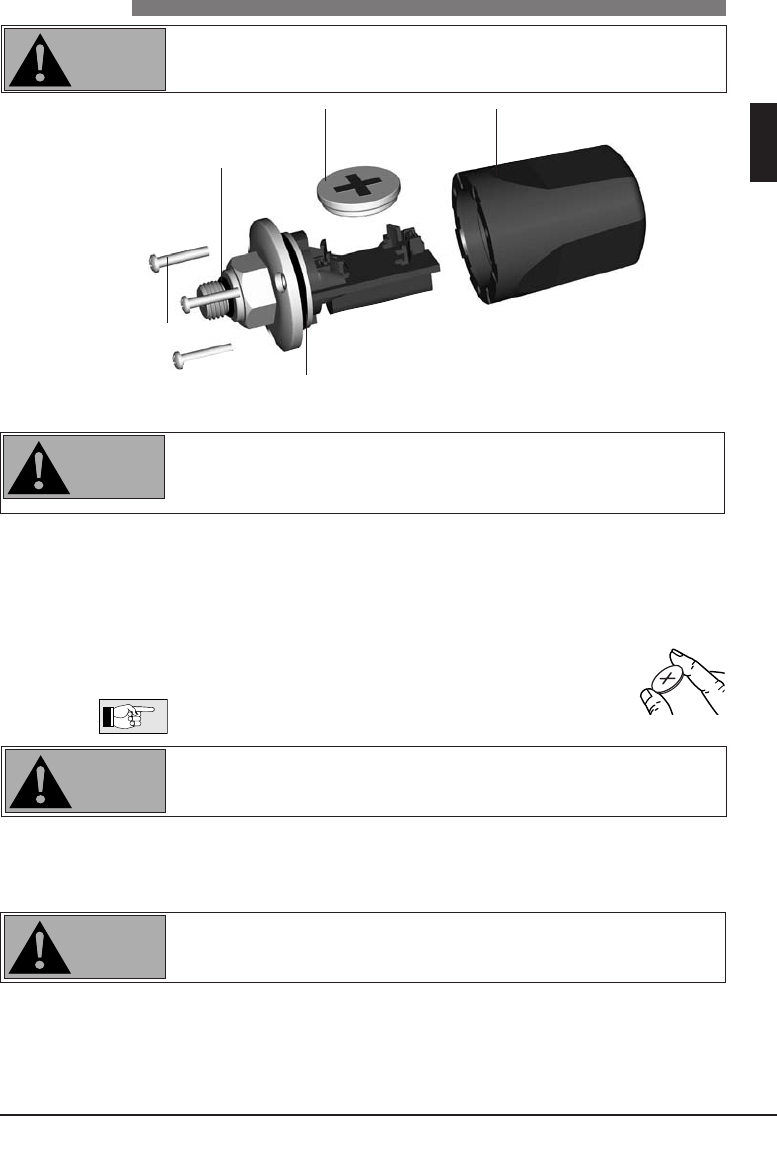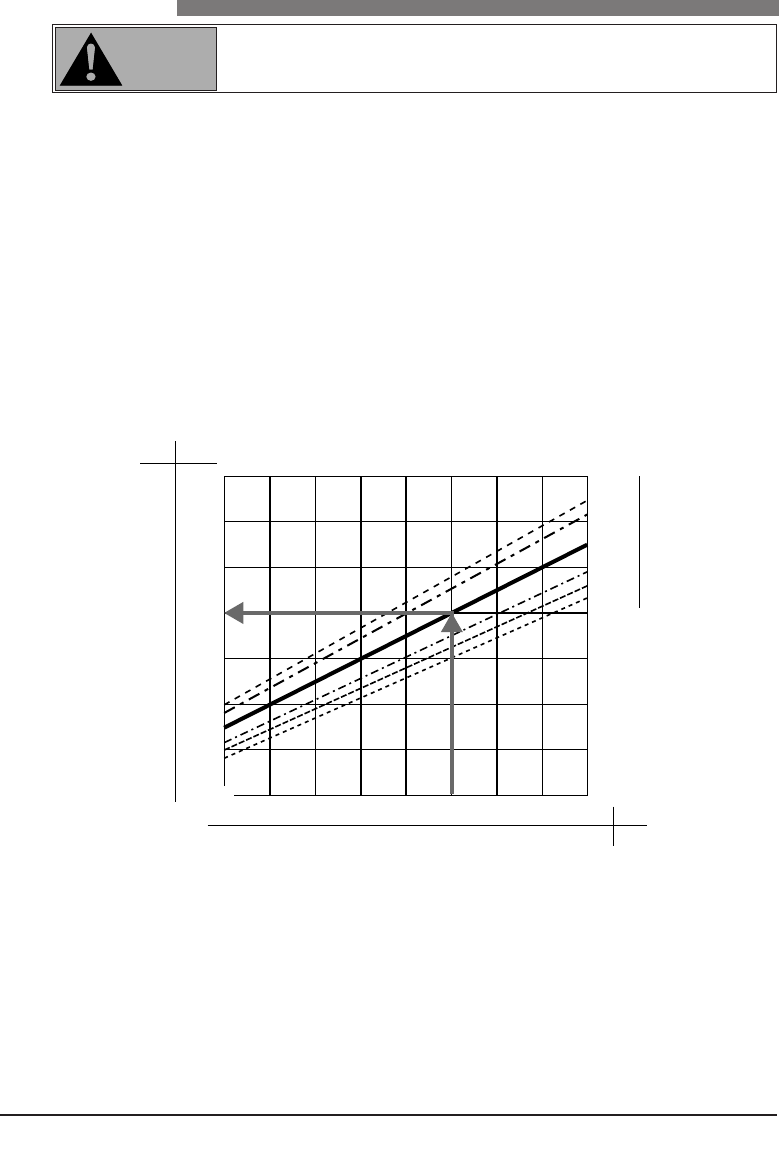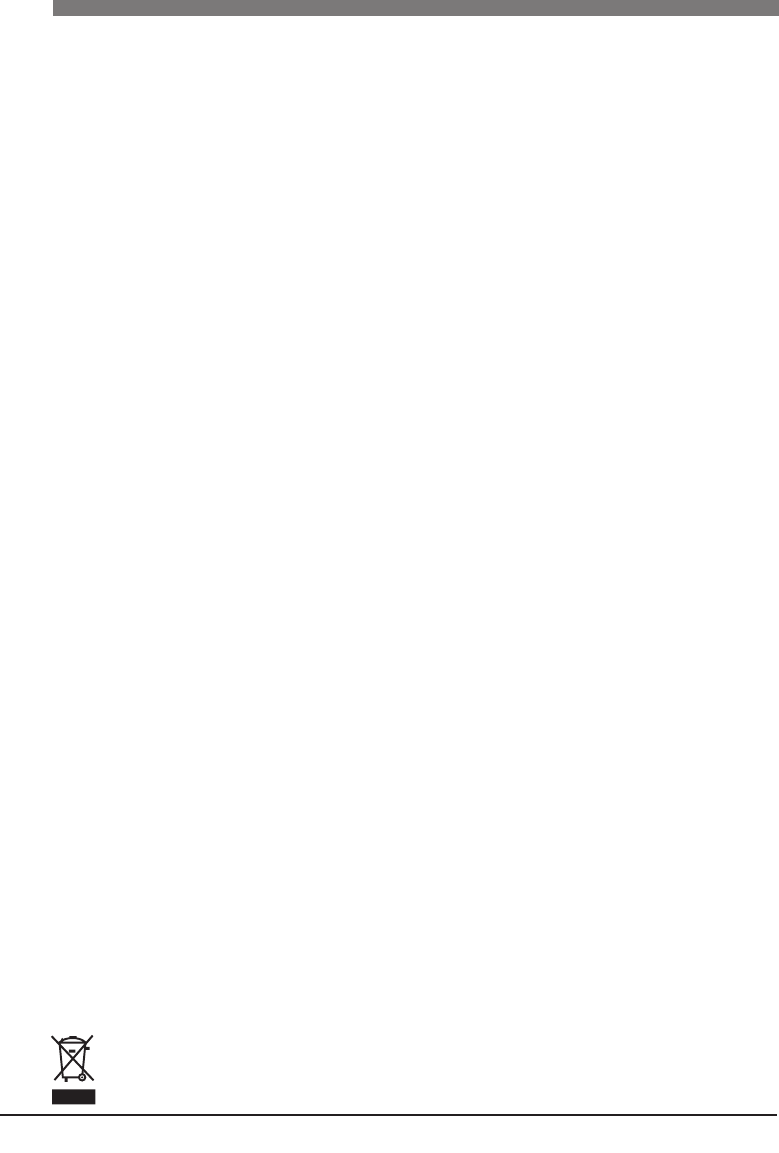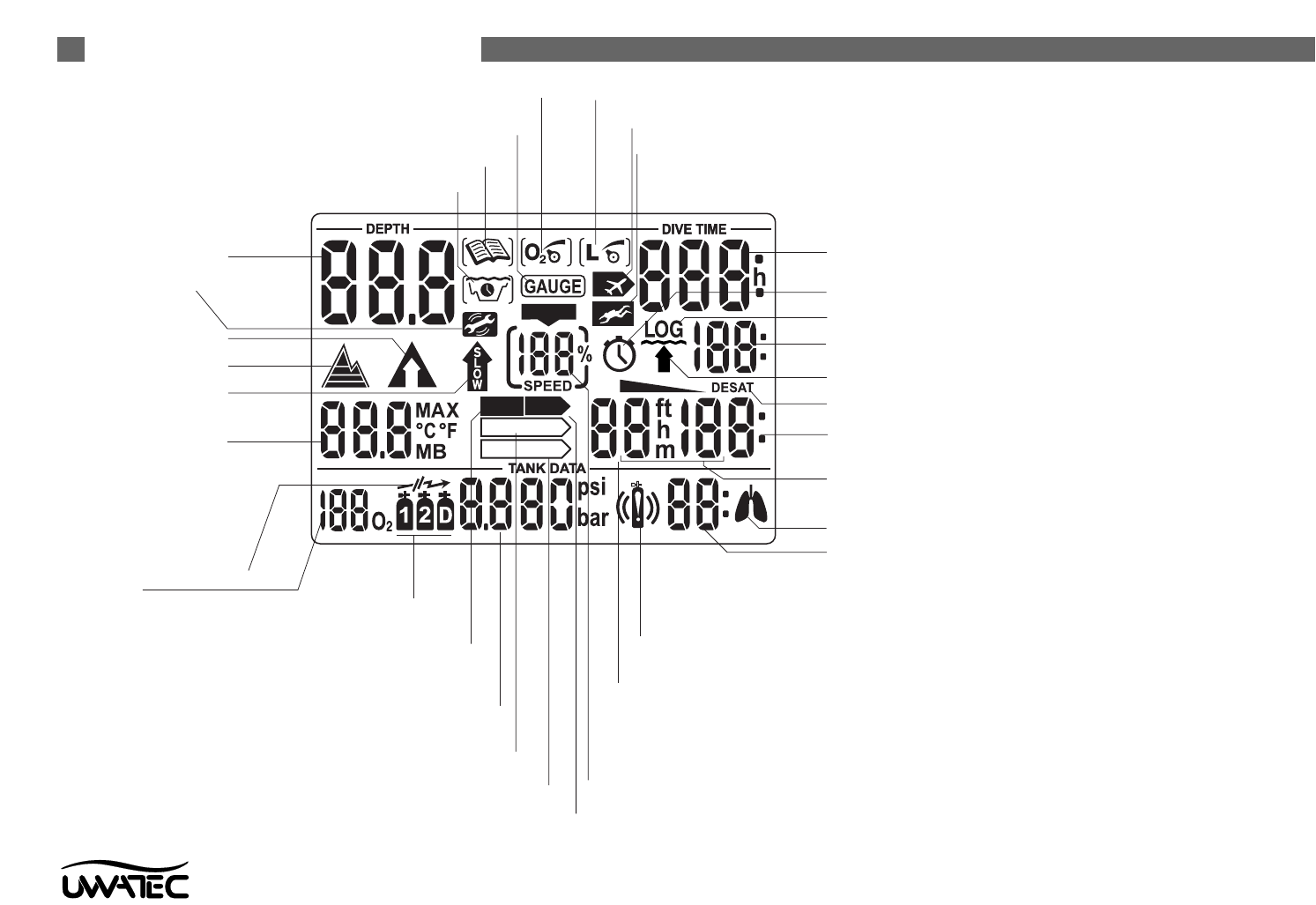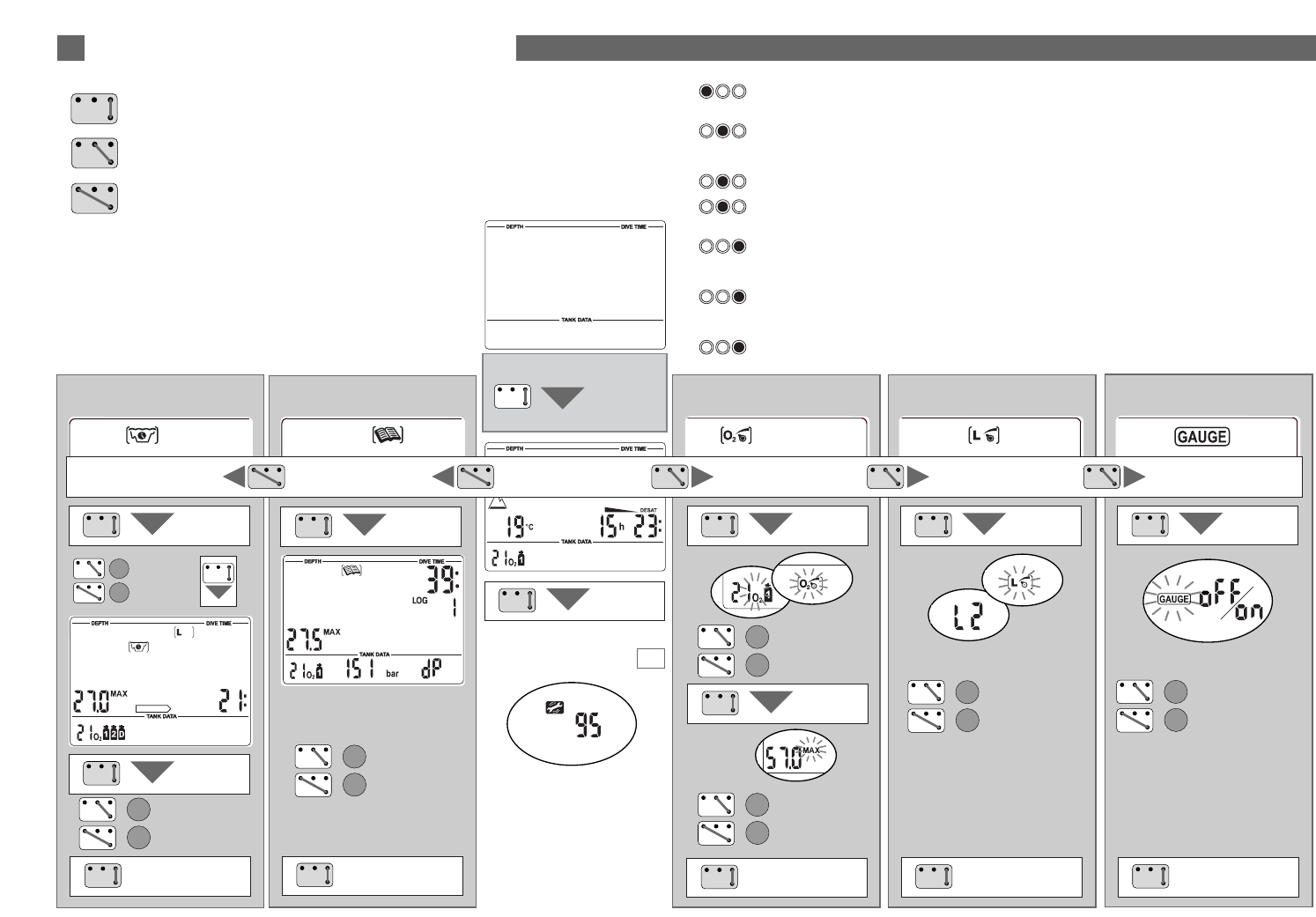English
Active backlight___________________________11
Ascent rate________________________15, 17, 19
Battery alarm _____________________________17
Battery capacity, Checking the… ____________10
Battery lifetime ___________________________40
Beep, Switch off the…_____________________17
Changing the gas mixture ______________26, 34
CNS O
2________________2, 3, 15, 16, 17, 21, 39
Deco data during decompression phase ______15
Deco data during no-stop phase ____________15
Decompression stop, Ignored… __________17, 23
Depth, current____________________________19
Desaturation time _________________________24
Dive ____________________________________15
Dive planner _____________________________37
Dive time ________________________________19
Dive, end of a dive ________________________24
Fly, "no-fly time" ______________________10, 24
Gas mixture, Setting…_____________________18
Gauge mode _____________________________26
Light ____________________________________11
Logbook_________________________________39
Maintenance _____________________________40
Maximum depth_______________________19, 39
Microbubbles_____________________________28
Microbubbles, Warning of… ____________24, 37
Mountain lakes, Diving in… ____________25, 39
Mounting the transmitter to the first stage ___12
Nitrox ______________________________16
43
IX Appendix
iX UWATEC
®
Smart dive computers
IX
No-stop time ______________________15, 22, 28
O2% mix, Set up… ________________________18
O
2 fraction ________________________15, 16, 18
O2 partial pressure__________________16, 17, 20
O2 partial pressure, maximum ___________16, 20
O2 toxicity __________________15, 16, 17, 21, 39
Operating TEC ________________________4, 8, 9
Oxygen…, see "O
2…"
PC, transfer to PC (logbook) ________________39
ppO
2, see O2 partial pressure
Premix, setting the gas mixture______________18
RBT ______________________________15, 17, 22
Safety stop timer__________________________23
Setting the MOD ______________________18, 33
SmartTRAK ___________________8, 9, 16, 17, 39
SOS mode _______________________________11
Stopwatch _______________________________27
Surface interval________________________37, 39
Switching off gas mixtures__________________34
System ___________________________________8
Tank pressure ____________________________21
Technical information ______________________40
Transmitter _________________________8, 12, 40
Warnings ________________________________17
Workload _______________________________21
Workload, Increased… ____________________ 21
6 Index
Excluded are faults or defects due to:
• excessive wear and tear;
• exterior influences, e.g. transport damage, damage due to bumping and hitting, influences of weather
or other natural phenomena;
•
servicing, repairs or the opening of the dive computer by anybody not authorised
by the manufactu-
rer. This especially concerns the change of battery;
• pressure tests which do not take place in water;
• diving accidents;
• improper placement of the transmitter cap.
5 FCC
This device complies with part 15 of the FCC Rules. Operation is subject to the following two conditions:
(1) This device may not cause harmful interference, and (2) this device must accept any interference
received, including interference that may cause undesired operation.




































































































